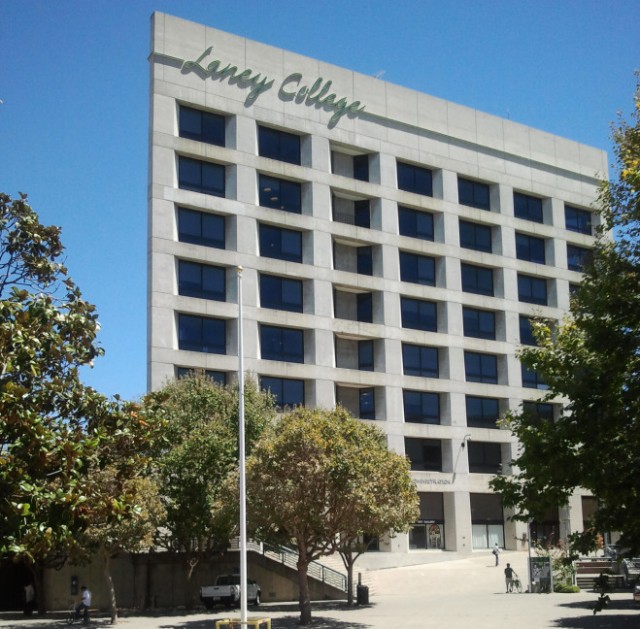Ortiz took over the chancellorship of the Peralta Colleges a year ago, while the district was under scrutiny from the ACCJC due to administrative and budgetary concerns.
“It’s important we don’t lose the momentum we’ve had with accreditation success,” Ortiz continued. “Despite the commission being challenged, the fact is that accreditation is not going away, and accreditation makes us better. ... We do not want our success last year to be seen as a fluke. ... We’re not going to revert to what we used to be, we’re going to get better.”
While accreditation is crucial to keeping the doors of the institution open and ensuring access to higher education for anyone with a desire to learn, according to the Chancellor of California Community Colleges Brice Harris, just getting students in isn’t enough; they need to complete degrees in order for the colleges to be successful.
According to Harris, 70 percent of students who arrive at community colleges prepared for college-level course work complete degrees. However, for those who are unprepared and require remedial instruction in either English or math—commensurate with 77 percent of California’s freshmen—the completion rate drops below 42 percent.
“The fact is, this is the product that is coming in the front door and we have to figure out a way to deal with that product,” Harris said. “As goes California’s community colleges, so goes American higher education and thus American competitiveness.”
American competitiveness has been stagnating on a global scale, says Harris, and it falls on our colleges to get the nation moving again.
“We have to have more students going to college and have them succeeding at greater and greater rates,” he said. “We need to be getting bigger and better at the same time.”
One impetus for momentum is doing a better job with remediation at community colleges, says Harris. Another is working to improve the product arriving at the front door.
“A decade ago, because of abuses of enrollment, legislators passed a law that negatively affects colleges. It’s time to get that undone, and to get community colleges back on high school campuses to offer these courses,” Harris said. “A lot of young people don’t see college in their future because they don’t think they’re college material. If we can get them in a college class and talk about financial aid, more will.”
The state chancellor also touched on other strategies being implemented by the Student Success Act of 2012 to improve student success, including tying the Board of Governors Fee Waiver to academic performance, common assessments across the state system, mandatory student orientation and educational planning, encouraging full-time attendance and improving instruction in basic skills, especially for African-American and Latino males.
“Improving student success means those numbers have to actually move,” Harris said. “If we haven’t seen those performance gaps close, we have failed. We have to prove that those investments were wise.”
With the state community college system turning away more than 600,000 students in the last four years, getting “bigger and better” will be no small task. But with the statewide passage of Proposition 30 and the Measure B parcel tax locally, California’s community colleges will add classes for 40,000 new students this year.
Many of the new classes will be available at Oakland’s own Laney College when classes begin Aug. 19, including instruction in legal and community interpreting and social media for journalists.
“Success and access are competing core values when you don’t have enough money, but it’s up to us to figure out how to get those working in parallel,” Harris concluded. “Our job is to educate more students and make them more successful than they’ve been in the past.”


